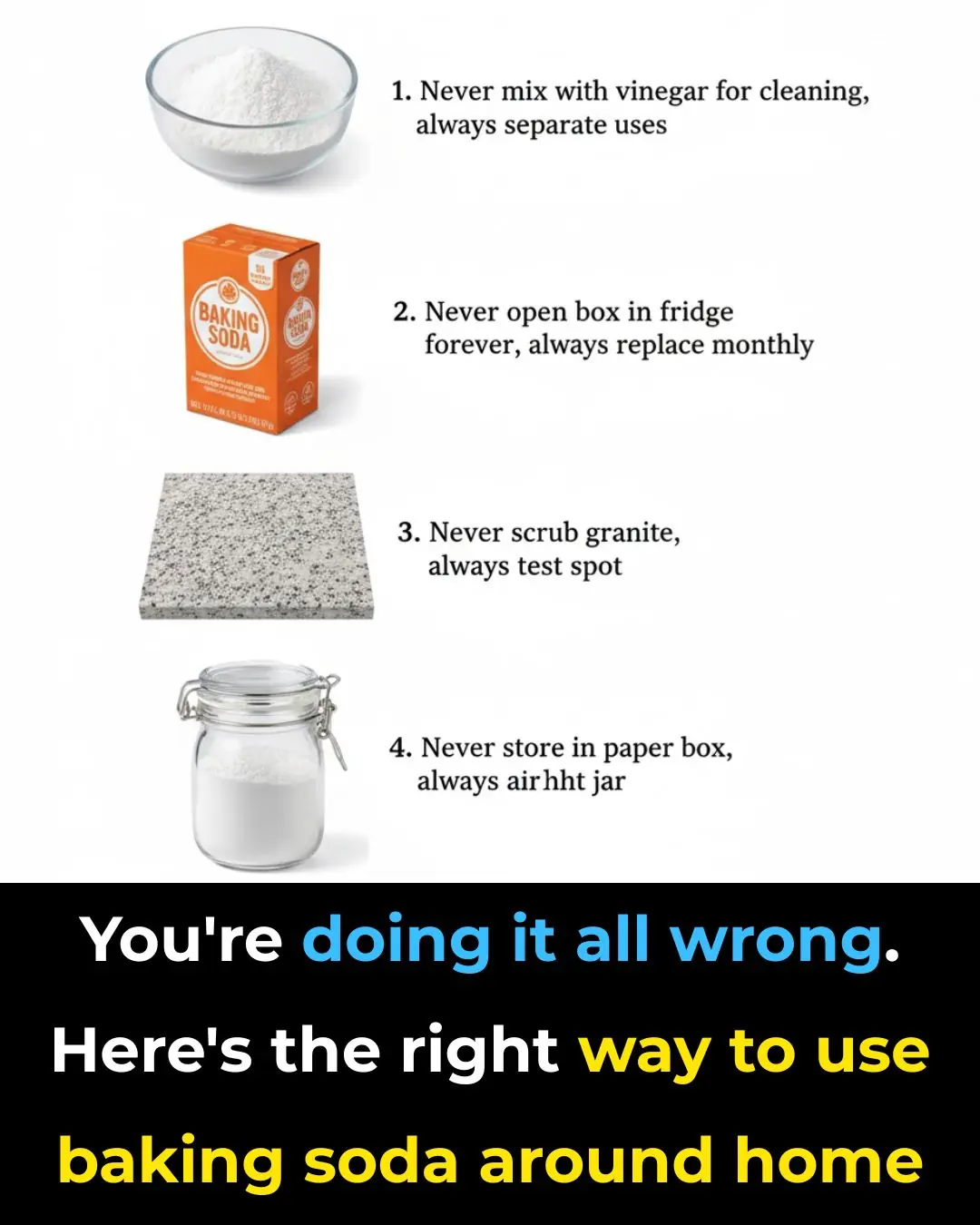
These ideas are brilliant
Most people underestimate the impact of household dust. Beyond being unsightly, it can affect health, especially for those with allergies or respiratory issues. Here’s how to understand and reduce dust effectively.
1. Understanding Dust and Its Sources
Dust is everywhere in our homes. It’s made up of dead skin cells, pollen, pet dander, fabric fibers, and tiny soil particles. Sources can be both outdoor (like pollen or soil) and indoor (like fabrics and human activity). Recognizing where dust comes from is the first step to controlling it.
2. Health Impacts of Dust Exposure
Dust exposure can trigger sneezing, coughing, itchy eyes, and shortness of breath. For people with asthma or allergies, it can worsen symptoms. Long-term exposure may even contribute to chronic respiratory problems, making dust control an important health measure.
3. Invest in the Right Cleaning Tools
Effective dust control requires proper tools:
-
Microfiber cloths: Trap dust better than cotton.
-
Electrostatic dusters: Attract and hold dust.
-
HEPA filter vacuums: Capture microscopic particles for a deep clean.
4. Establish a Dusting Schedule
Consistency is key. Dust surfaces, vacuum carpets, and clean air vents weekly. High-traffic areas, shelves, and electronics may need extra attention. A regular schedule keeps dust from accumulating.
5. Use Air Purifiers and Quality Filters
Air purifiers with HEPA filters can trap airborne dust. Place them in frequently used rooms. Ensure your HVAC system has high-quality filters and replace or clean them regularly to prevent dust recirculation.
6. Maintain Your HVAC System
Your HVAC system can either reduce or spread dust. Schedule regular maintenance, including duct cleaning and filter replacement. Using high-efficiency filters ensures dust is trapped rather than blown back into living spaces.
7. Choose the Right Vacuum Cleaner
A vacuum with a HEPA filter is essential. Look for models with strong suction and adjustable settings for different floor types. Empty the bag or canister regularly to maintain efficiency.
8. Dust Effectively with Microfiber Cloths
Microfiber cloths capture dust instead of spreading it. Use them:
-
Dry for general dusting
-
Slightly dampened for stubborn dust
Wash cloths regularly to keep them effective.
9. Minimize Dust from Fabrics
Fabrics are major dust collectors. Keep them clean by:
-
Washing bedding weekly in hot water
-
Vacuuming and steam-cleaning upholstery regularly
-
Using washable pillows and mattress covers
-
Replacing heavy drapes with blinds or shades that are easy to wipe
10. Incorporate Green Plants and Reduce Clutter
-
Plants: Spider plants, peace lilies, and rubber plants trap dust and improve air quality. Wipe leaves occasionally to prevent buildup.
-
Clutter: Minimize clutter on countertops, shelves, and floors. Use cabinets and storage bins to reduce surfaces that collect dust.
Final Thought
Dust is unavoidable, but with the right tools, habits, and strategies, you can keep your home cleaner and healthier. Consistent cleaning, smart storage, and a few natural helpers like plants make a noticeable difference.
News in the same category


Keeping these 4 things on your bedside table can easily cause insomnia and hair loss
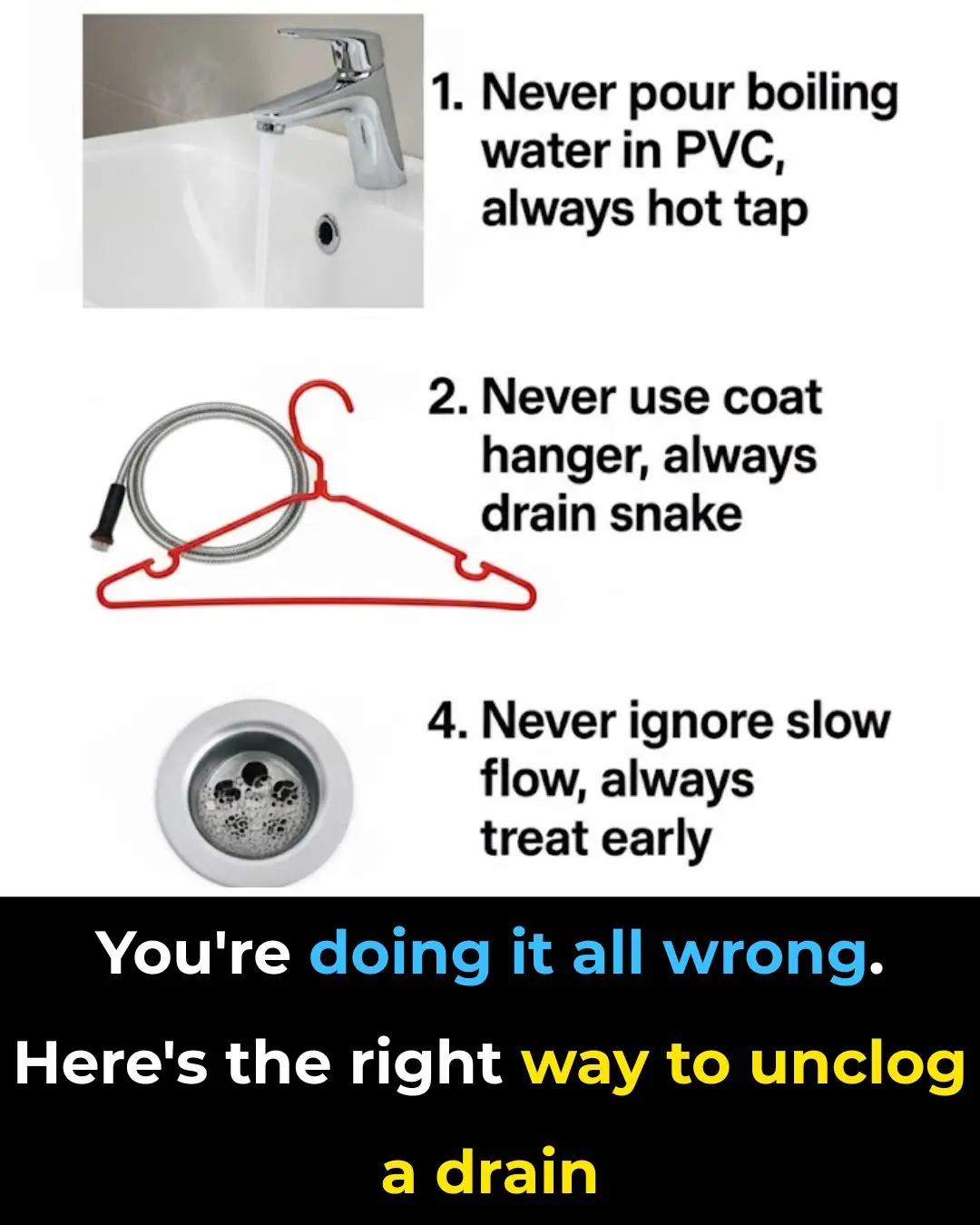
You’re doing it all wrong. Here’s the right way to unclog a drain
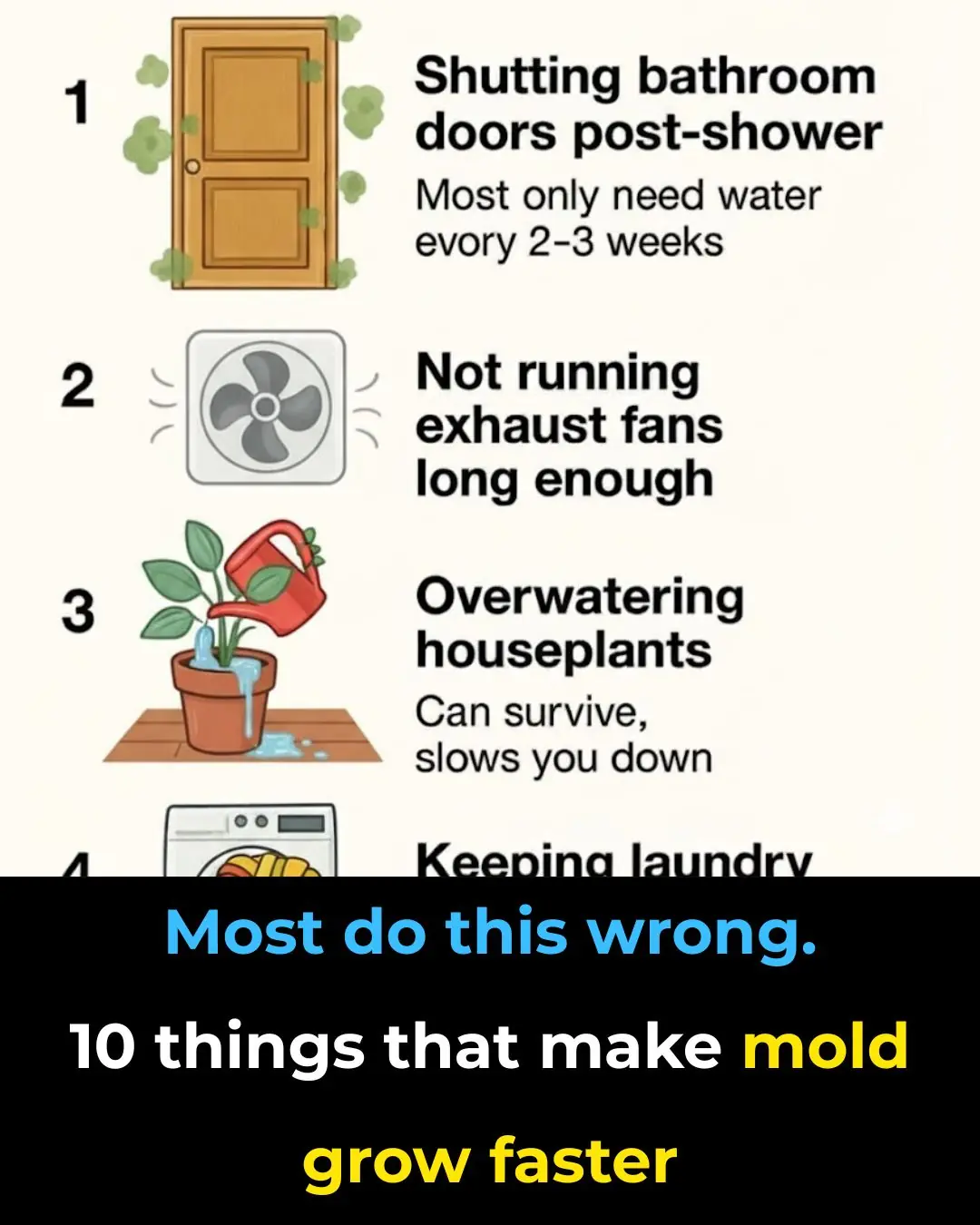
Most do this wrong. 10 things that make mold grow faster

How to make bean sprouts without watering, in just over 2 days you will have big, white bean sprouts

The 'immortality' vegetable grows wild in gardens and is extremely good for the lungs, but Vietnamese people dislike its strange smell so they rarely use it.

Eat okra regularly: These are the "golden" benefits that you should not ignore.

They are both peanuts, but the red and white shells have big differences. After reading this, don't buy them randomly again.
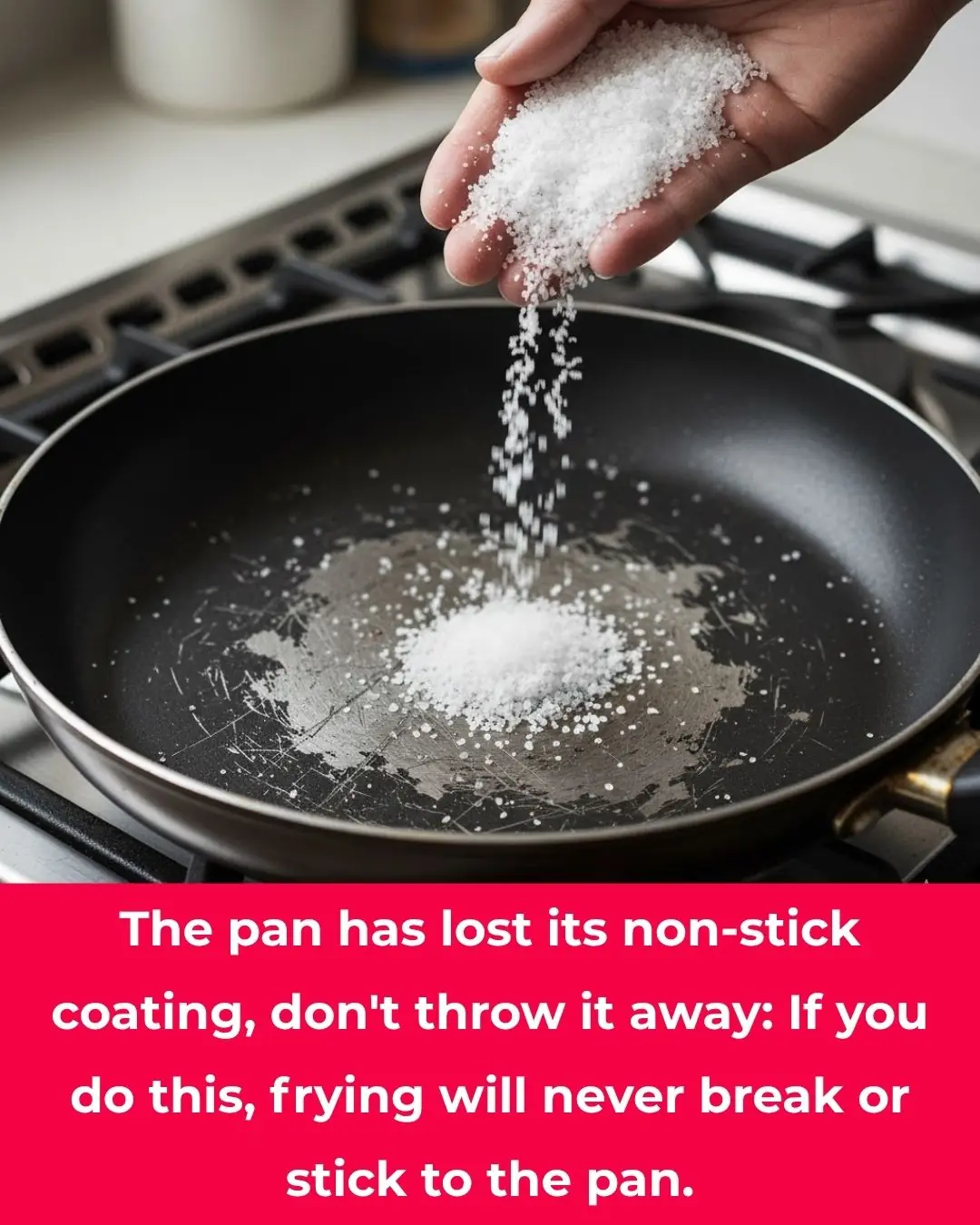
The pan has lost its non-stick coating, don't throw it away: If you do this, frying will never break or stick to the pan.
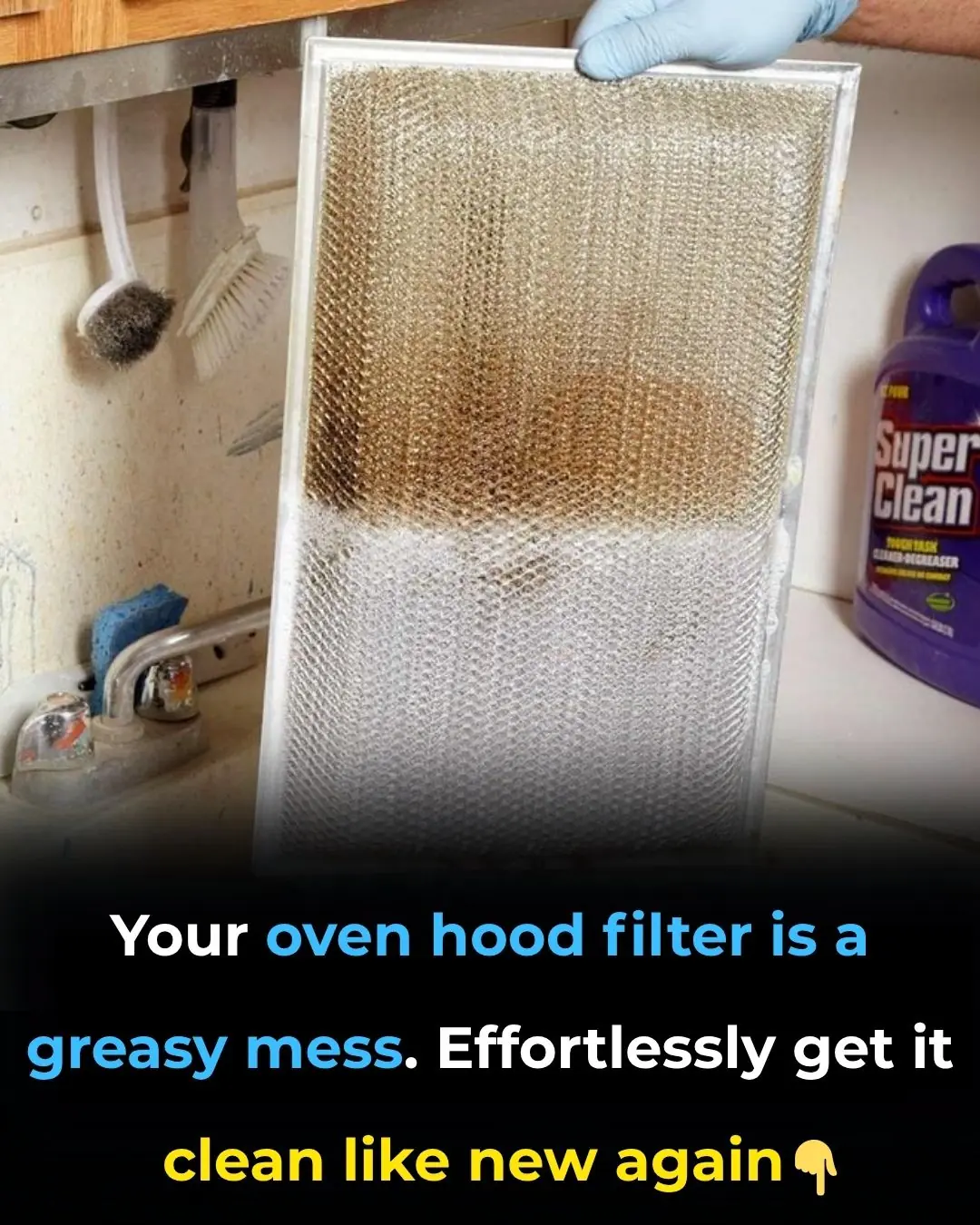
Your oven hood filter is a greasy mess. Effortlessly get it clean like new again
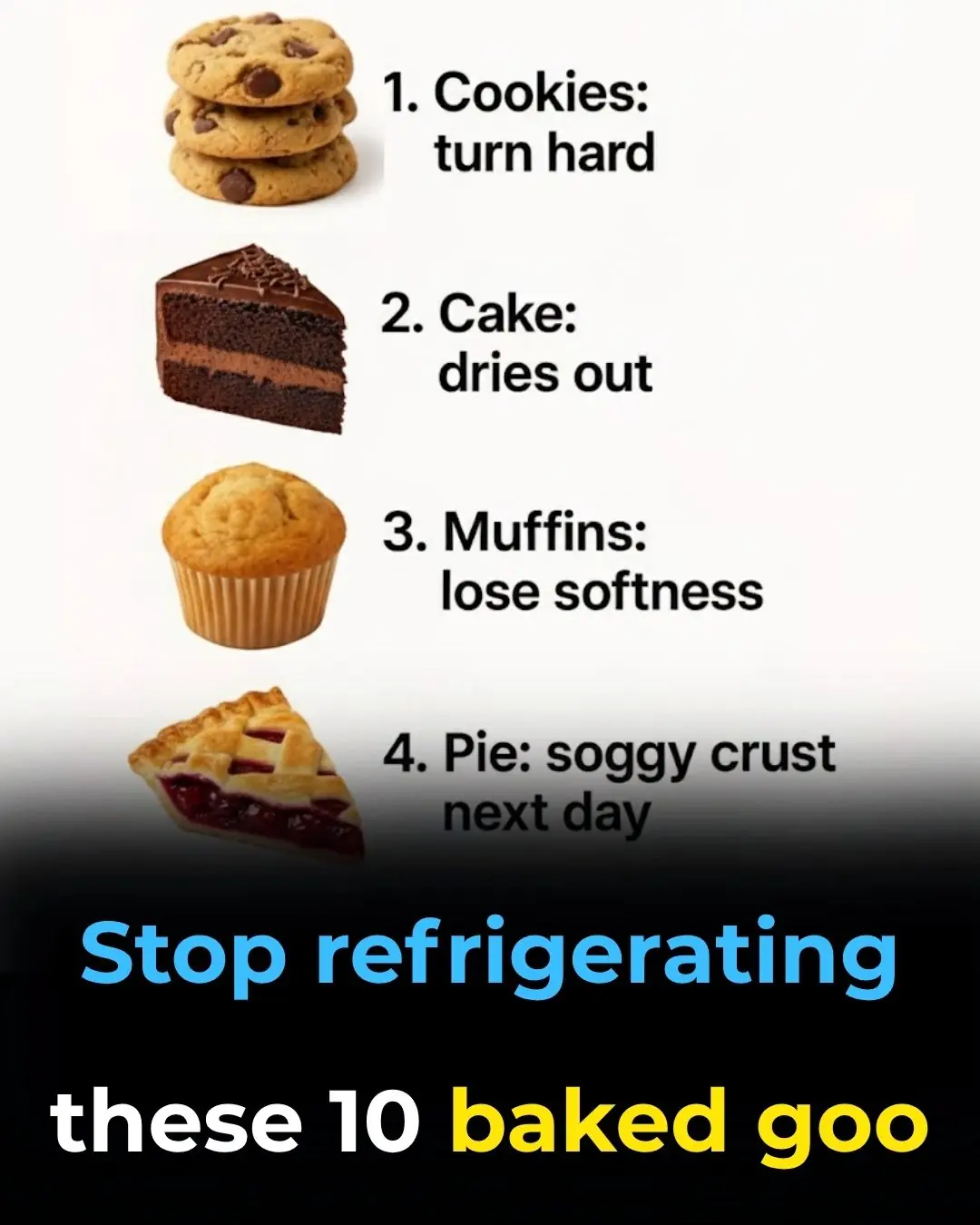
Stop refrigerating these 10 baked goods

Stop refrigerating these 10 breads and pastries

Stop believing these 10 things
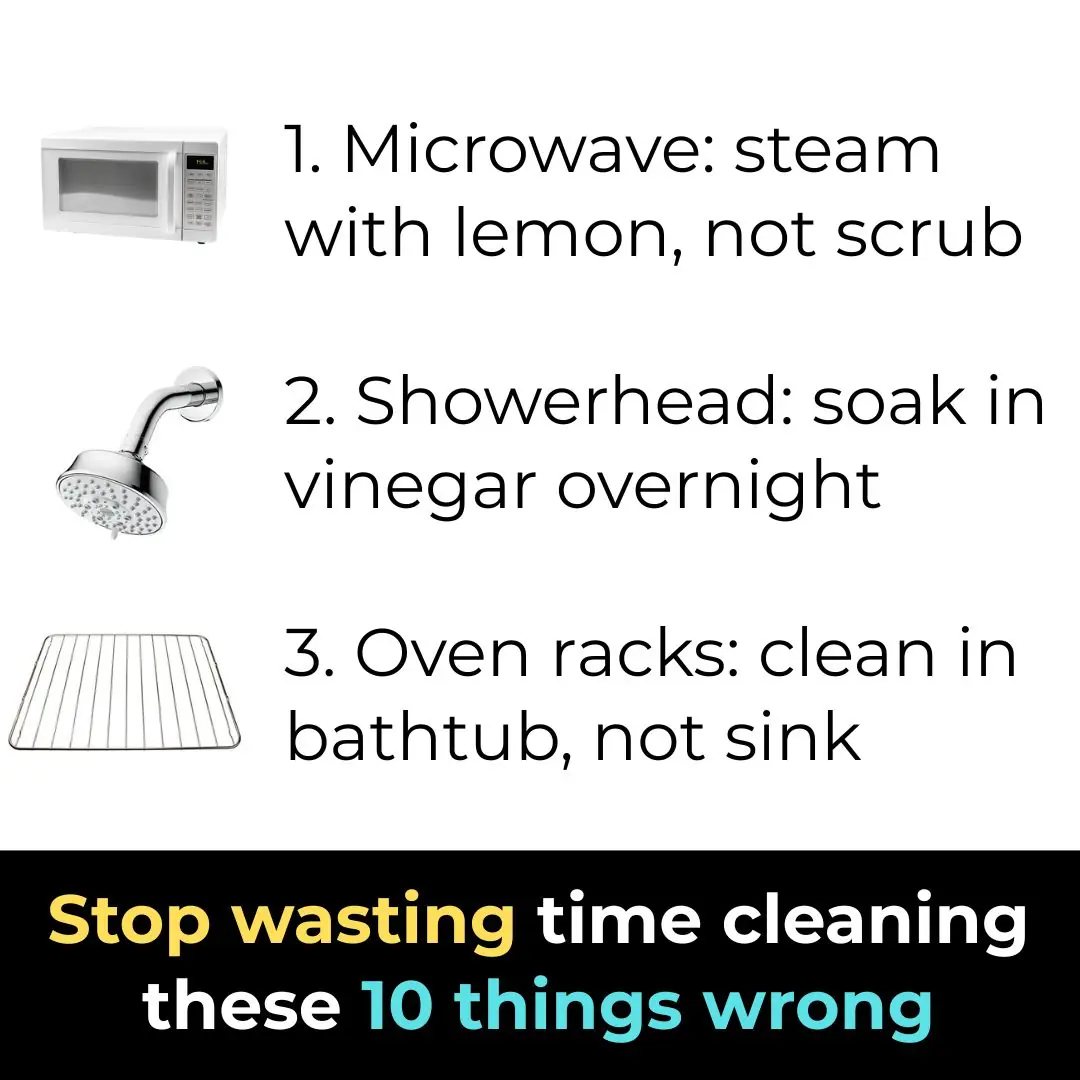
Stop wasting time cleaning these 10 things wrong

Stop buying these 10 things thinking they're healthy
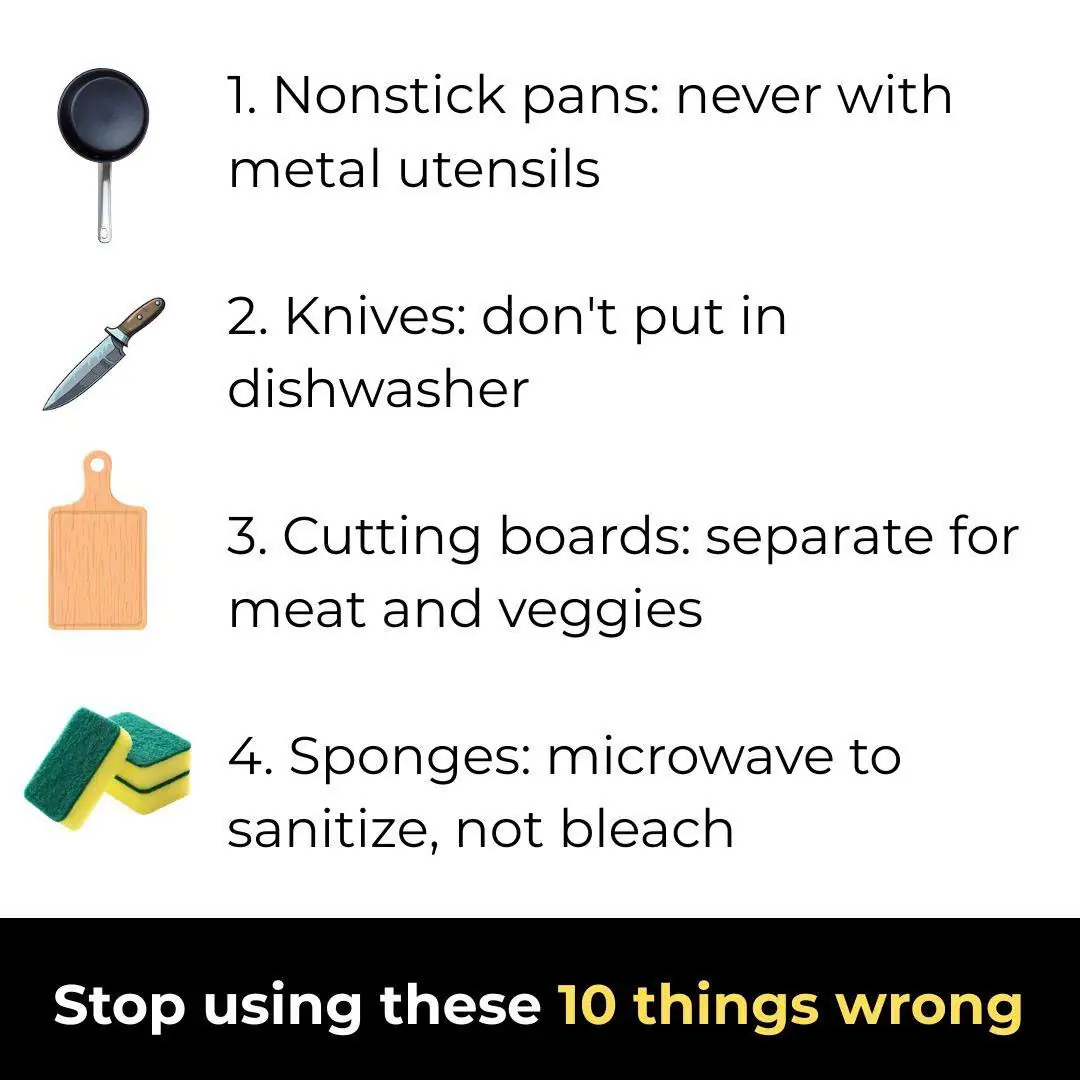
Stop using these 10 things wrong

When buying duck eggs, should you choose “white shell” or “green shell”? Sellers reveal a method that only insiders know

Pour boiling water into pickled cabbage, it seems to have a bad taste but it turns out to be a very delicious pickling tip, surprisingly golden and crispy.
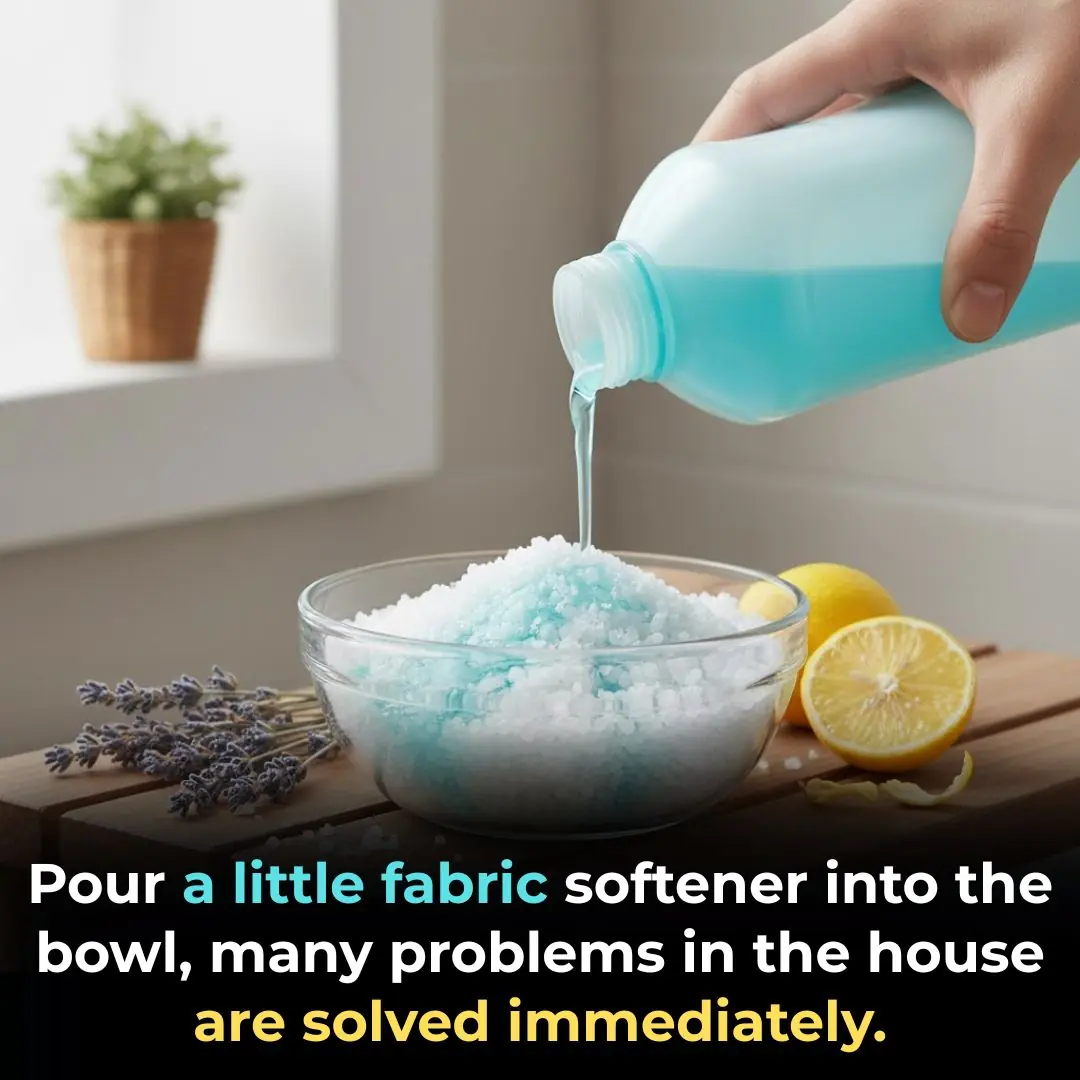
Pour a little fabric softener into the bowl, many problems in the house are solved immediately.
News Post

You’re doing it all wrong. Here’s the right way to use baking soda around home

Keeping these 4 things on your bedside table can easily cause insomnia and hair loss

You’re doing it all wrong. Here’s the right way to unclog a drain

Old Doctor’s Remedy: Almond Milk with Cloves Treats 15 Health Problems in Just 1 Week

Most do this wrong. 10 things that make mold grow faster

Doctors reveal that eating okra causes...

Take lemon and garlic on an empty stomach for 7 days — unclog your arteries

Put these two under your tongue to stop inflammation fast

Eat cloves every day, but avoid this common mistake!

How to make bean sprouts without watering, in just over 2 days you will have big, white bean sprouts

The 'immortality' vegetable grows wild in gardens and is extremely good for the lungs, but Vietnamese people dislike its strange smell so they rarely use it.

Eat okra regularly: These are the "golden" benefits that you should not ignore.

They are both peanuts, but the red and white shells have big differences. After reading this, don't buy them randomly again.

The pan has lost its non-stick coating, don't throw it away: If you do this, frying will never break or stick to the pan.

Your oven hood filter is a greasy mess. Effortlessly get it clean like new again

Stop refrigerating these 10 baked goods

Stop refrigerating these 10 breads and pastries

The Day My Daughter Taught a Stranger What Beauty Really Means.
